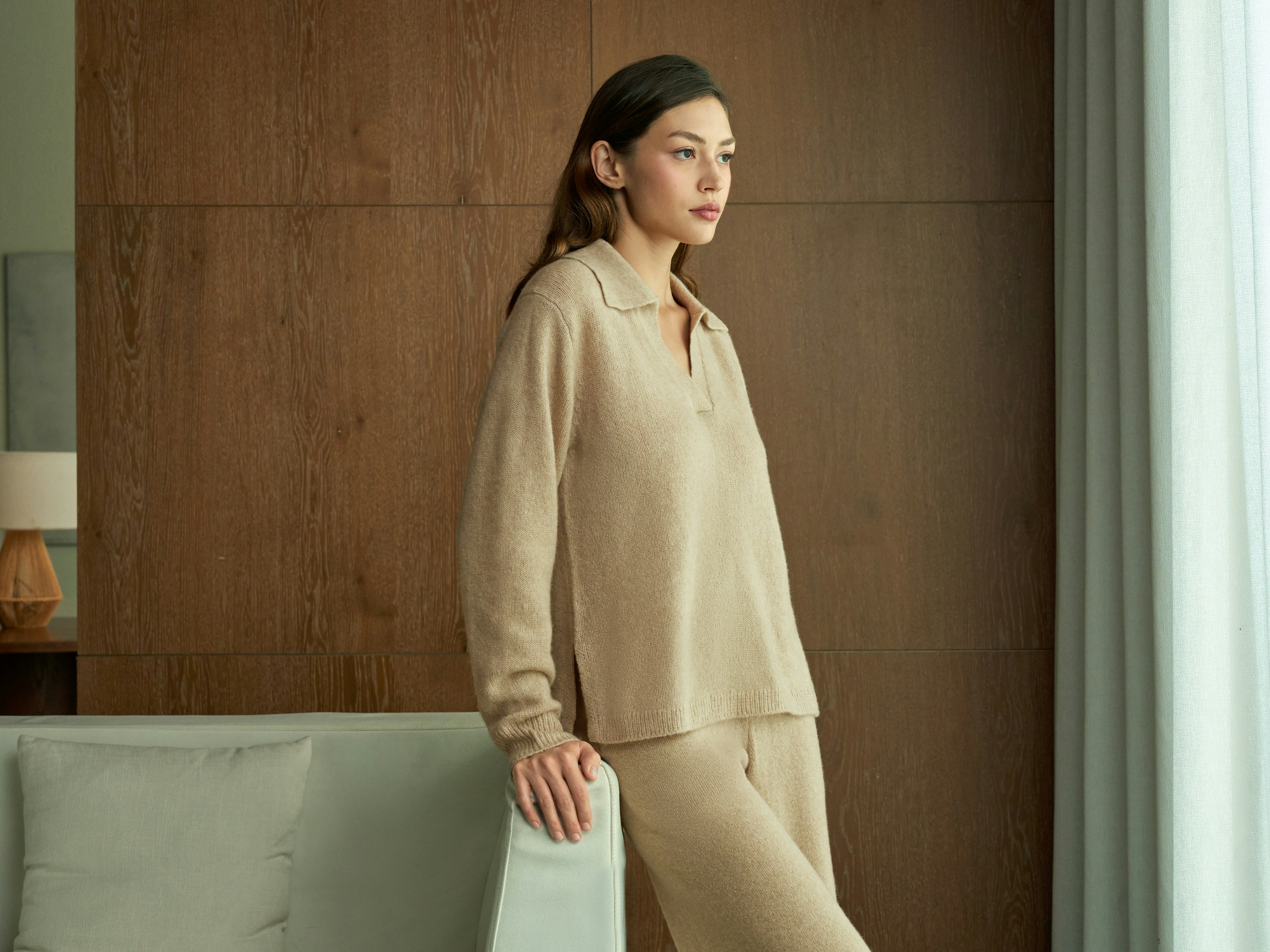
How to Master Monochrome Looks for Peak Performance
Choosing a monochrome look allows you to create a striking appearance without falling into the trap of wearing only black or dull tones. Pick a color that inspires confidence—vivid reds or rich greens make excellent foundations for your outfit. Once you settle on your preferred shade, coordinate your clothing and gear, letting that single color guide your selections. Each item, from your base layers to your outerwear and accessories, should complement your main color choice. Not only does this create a cohesive style, but it also helps you feel comfortable and move with ease while making a memorable impression wherever you go.
You aim for seamless transitions from warm-up to workout to cool-down. Keeping everything within a single hue streamlines decision-making, cuts down on clutter, and highlights your form. This simple approach sharpens your focus on movement rather than mismatched patterns, giving you a clear mental edge.
Creating a Monochrome Foundation
First, organize your wardrobe by color groups. Lay out tops, bottoms, and outer layers in shades from lightest to darkest. This visual spread helps you spot gaps—perhaps you lack a mid-tone hoodie or a dark base layer. Fill those gaps with versatile pieces you can mix and match easily.
Second, choose fabrics that meet your activity demands. For high-intensity sprints, moisture-wicking blends work best. For strength training, stretchy cotton mixes offer comfort without restricting motion. Align material choices with your routine so each item serves a clear purpose.
Selecting Performance Fabrics
Performance fabrics influence your comfort under stress. Pick moisture-wicking polyester blends for sweaty sessions. These fabrics pull moisture away and dry quickly, keeping you cool. For outdoor runs in cold weather, find brushed inner layers that trap heat without bulk.
Pay attention to breathability ratings. Mesh panels near high-sweat zones—underarms, back—improve airflow. Seek fabrics labeled with UPF ratings if you train under sun. By matching material traits to your environment and exercise type, you’ll feel supported in every rep or mile.
Layering and Texture Techniques
Texture changes add dimension to a single color palette and prevent a flat appearance. Try these pairings:
- Knitted tops with smooth-tricot leggings to highlight muscle lines.
- Softshell jackets over perforated tees for wind resistance and ventilation.
- Fleece-lined hoodies under sleek running vests to add warmth spots.
Mix matte and shiny finishes within the same tone. A mattified charcoal base layer contrasts with a reflective fabric windbreaker. These subtle shifts keep your look lively, make you stand out, and maintain that focused, high-performance vibe.
Color Coordination Approaches
Mono outfits depend on hue variations. Begin with a primary shade at your core layer, then pick two to three variations for outer pieces. If you choose navy, include a sky-blue tee, a mid-tone sweatshirt, and a deep indigo shell. This gradient guides the eye from top to bottom without breaking the single-color rule.
Use neutrals within your color family. Dark gray shoes can pair with a black running belt without clashing. Stay within the family for accents like zippers, logos, or trim. These small contrasts add structure but keep cohesion.
Accessory and Footwear Pairings
Select sleek accessories that match your monochrome theme while enhancing functionality. The top five picks include:
- High-grip wristbands to match sleeve tones and control sweat.
- Sleek compression socks in a darker shade for calf support.
- Lightweight performance gloves with textured palms for grip.
- Running shoes in a slightly lighter hue to frame your foot movement.
- Technical caps with moisture-wicking bands and matching shade.
Adjust the contrast between shoes and socks to reinforce alignment from ankle to knee. Keep hardware, like buckles or clasps, in matte finishes if you want to avoid shine. This creates a neat, cohesive look that emphasizes precision.
Styling Tips for Activewear
Test your monochrome setup during real workouts. If you notice a chafe point, replace it with a similar-colored item with smoother seams. Change layers as conditions change: shed a mid-layer when your heart rate increases and add it back during cool-down. These tweaks ensure both style and comfort stay aligned with your performance.
Take photos of your outfits on rest days. Capture each look under good lighting, note fabric brands like *Nike* Dri-FIT and *Adidas* Climalite, and record how they feel during different drills. This record saves time before early-morning sessions, allowing you to focus on training instead of matching.
This monochrome approach sharpens your visual style and mental focus by reducing decision fatigue. Keep it simple and move confidently.